What produce should you buy in September?
There is an abundance of produce available during September as summer ends and fall begins.
What is in season in September? Produce peaks at different times throughout the US so there will be some variances. But here is a general guide.
To make it easier for you to plan your meals and make a grocery list, I have created produce guides for every month letting you know what is in season along with a few recipe suggestions.
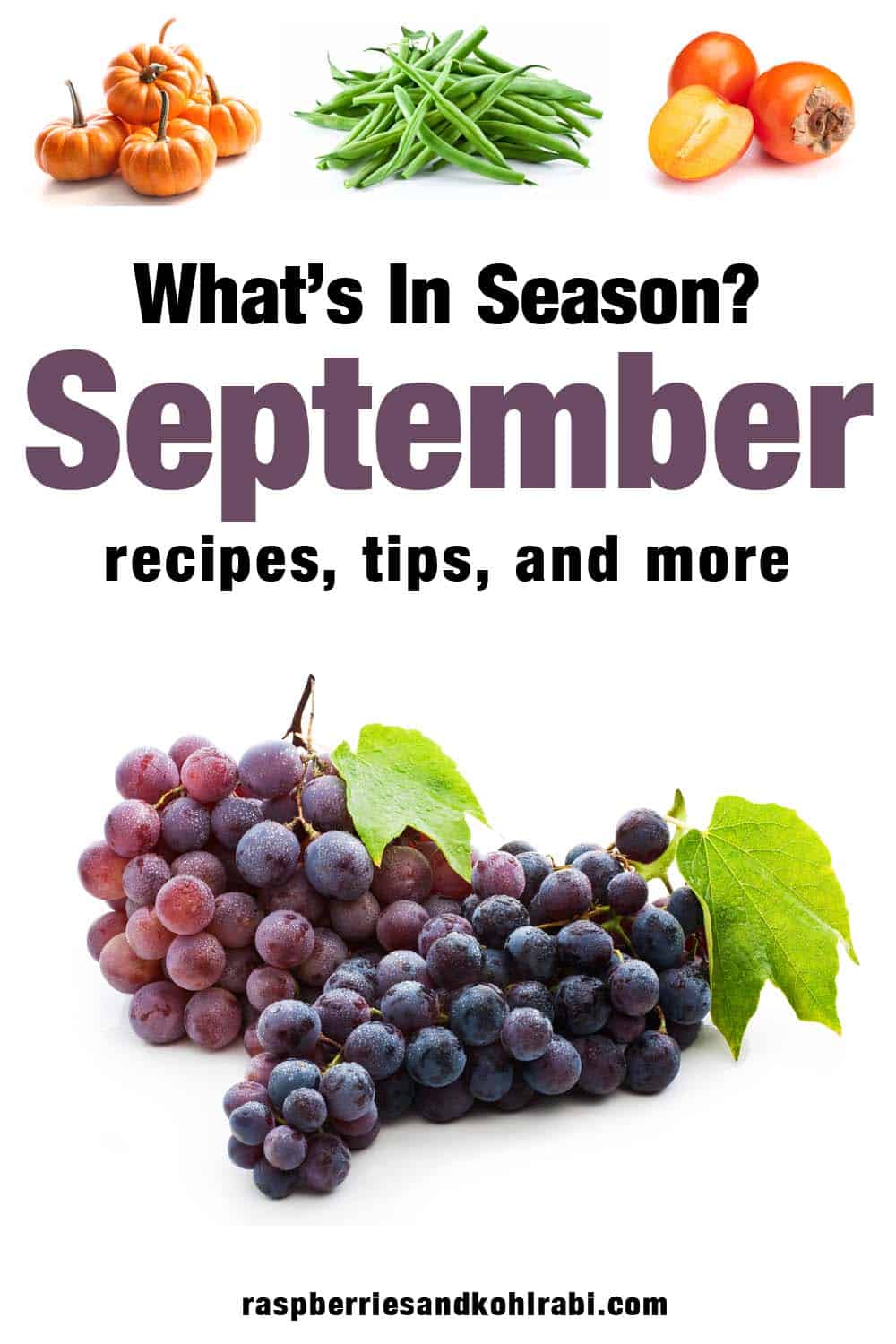
Why buy fruits and vegetables when they are in season?
Cost: Produce prices are subject to supply and demand. When produce is in abundance because it is in season the prices go down.
Eco-Friendly: In-season produce is more likely to be grown locally meaning it doesn’t have to travel as far to get to you reducing its carbon footprint. Stop by your local farmers market to purchase some of the freshest produce available.
Taste: In-season produce is fresher and tastes better. It is grown during its optimal conditions and because it can be grown more locally it usually has a chance to fully ripen before it is picked
Nutrition: Fully ripened produce is more nutritious because it has had time to fully develop before being picked.
What’s in season in September?
Jump to:
- Save This Recipe to Your Email
- Why buy fruits and vegetables when they are in season?
- What’s in season in September?
- Acorn Squash
- Apples
- Beets
- Butternut Squash
- Cantaloupe
- Cauliflower
- Eggplant
- Figs
- Grapes
- Green Beans
- Lettuce
- Mangoes
- Mushrooms
- Okra
- Peppers
- Persimmons
- Pomegranates
- Pumpkins
- Spinach
- Sweet Potatoes
- Swiss Chard
- Tomatoes
- 💬 Comments
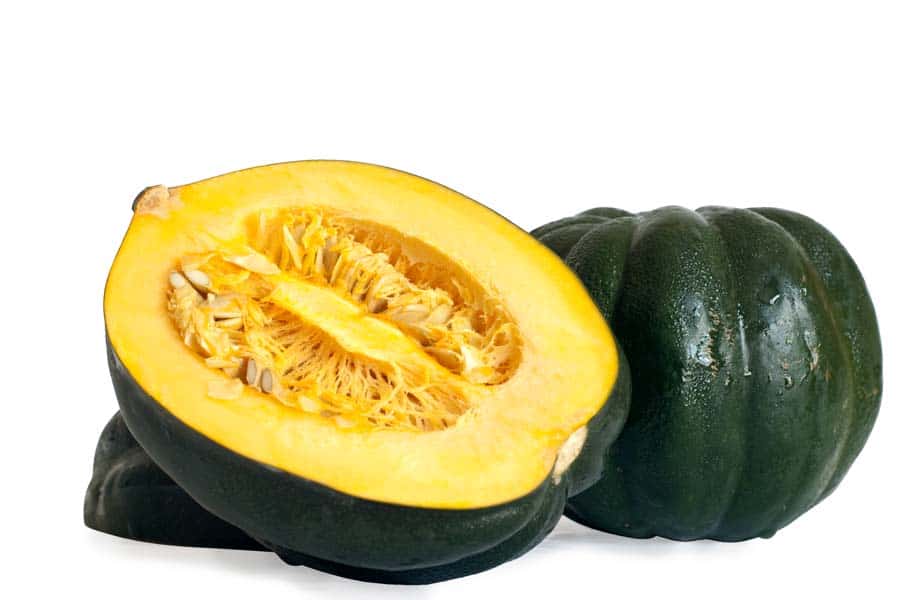
Acorn Squash
Acorn squash is a member of the winter squash family. It has hard inedible, thin skin and firm sweet nutty flesh. It is an excellent source of vitamin C, potassium, and thiamin.
Buying
Look for acorn squash that is heavy for its size with smooth dull skin and no soft spots. Coloring should be a mix of orange and green. If it is too orange the squash is overripe and will be dry and stringy. Shiny skin indicates it was picked before it was fully ripened.
Storing
Store whole acorn squash in a cool dry place and use within two weeks of purchase. Cut squash should be refrigerated and used within four days. Cooked squash can be refrigerated for up to four days or frozen for up to 12 months.
Preparing
To make cutting acorn squash easier, pierce the skin in a few spots and microwave on high for 2 minutes. Cut the squash in half and remove the fibers and seeds.
Recipes
- Sausage and Apple Stuffed Acorn Squash - Cherished Bliss
- Crock-Pot Acorn Squash Soup - Crock-Pot Ladies
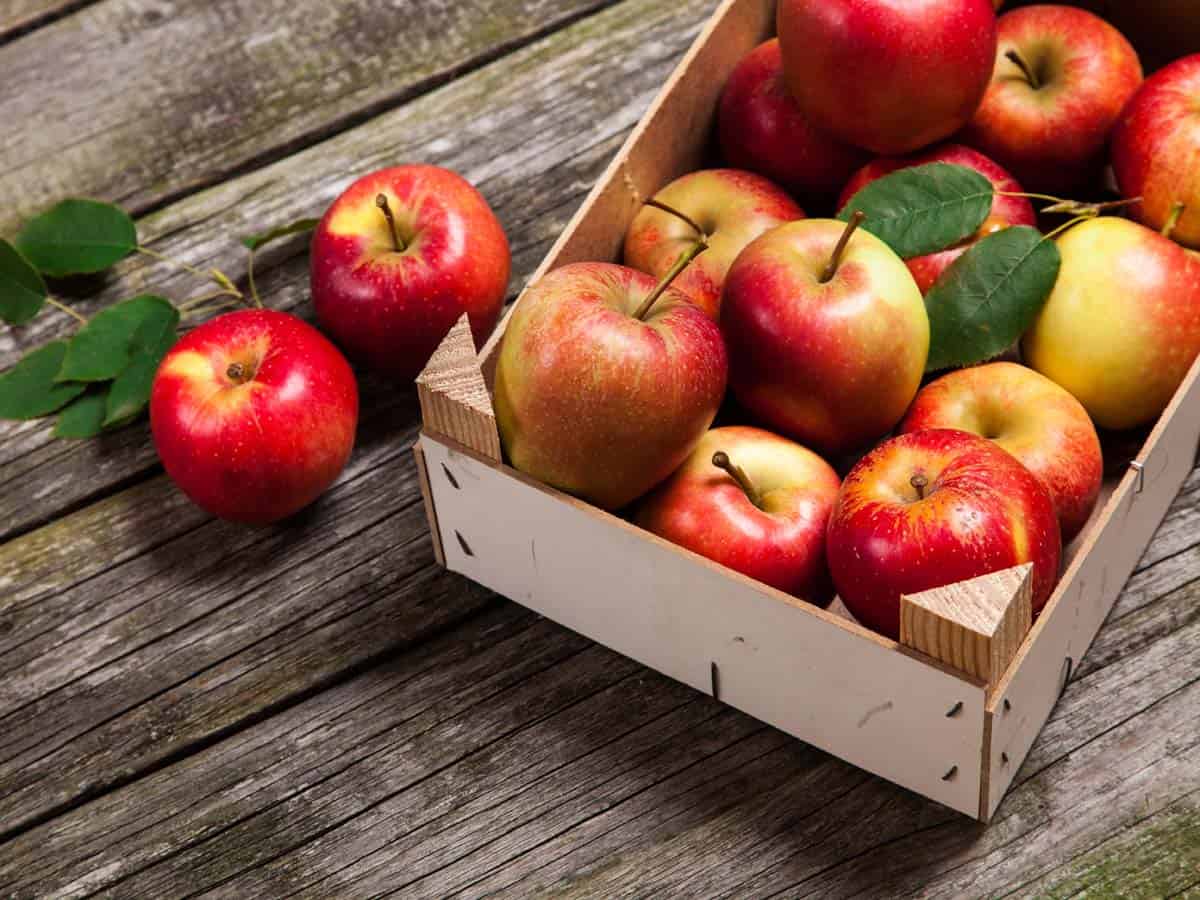
Apples
There are 7,500 varieties of apples. Some varieties are deliciously eaten raw while others should be reserved for baking. Apples make wonderful baked goods but they are also delicious when served with rich meats like pork.
One of my favorite way to enjoy apples all year round is by making my grandmother's freezer applesauce. Apples are high in fiber and an excellent source of vitamin C.
Buying
Apples should feel firm to touch and be free of bruises. Avoid apples that are mushy or have loose stems.
Storing
Apples can be refrigerated for up to one month.
Preparing
Do not peel or slice apples until you are ready to use them. To slow browning dip sliced apples in a mixture of lemon juice and water.
Recipes
- Kale Apple Salad with Honey Dressing
- Chicken Apple Meatballs
- Apple and Raspberry Muffins
- Apple Pecan Scones
- Old Fashioned Apple Cake with Walnuts
- Sourdough Apple Cinnamon MuffinsLeftover Ham and Gouda Sandwich with Spicy Apple Chutney - Lively Table
- Open-faced Turkey Burger with Apple Bourbon Gravy - Climbing Grier Mountain
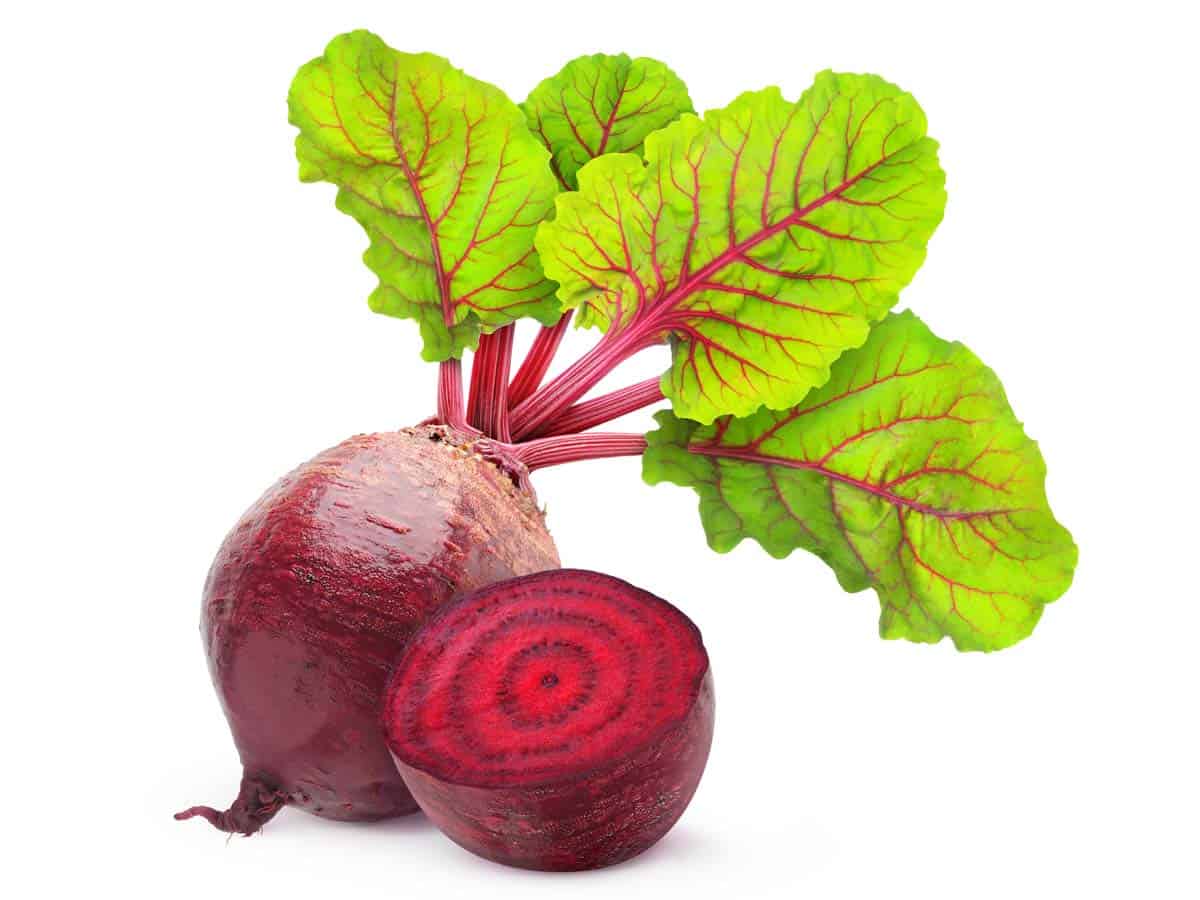
Beets
Beets are a root vegetable with a deep earthy flavor and are an excellent source of fiber, folate, manganese, potassium, iron, and vitamin C.
They can be eaten raw, cooked or pickled. Roasting beets brings out their natural sweetness.
Their leaves, known as beet greens, can also be eaten. Beets can be yellow, white, pink, or dark purple.
Buying
Beets should be heavy for their size. Smaller beets are sweeter and more tender.
Storing
Beets can be refrigerated for up to a week.
Preparing
Scrub beets with a brush and remove the roots and the tops, then cut as desired.
Recipes
- Roasted Beet Salad with Red Wine Vinaigrette - Dream a Little Bigger
- Baked Rosemary Beet Chips - Minimalist Baker
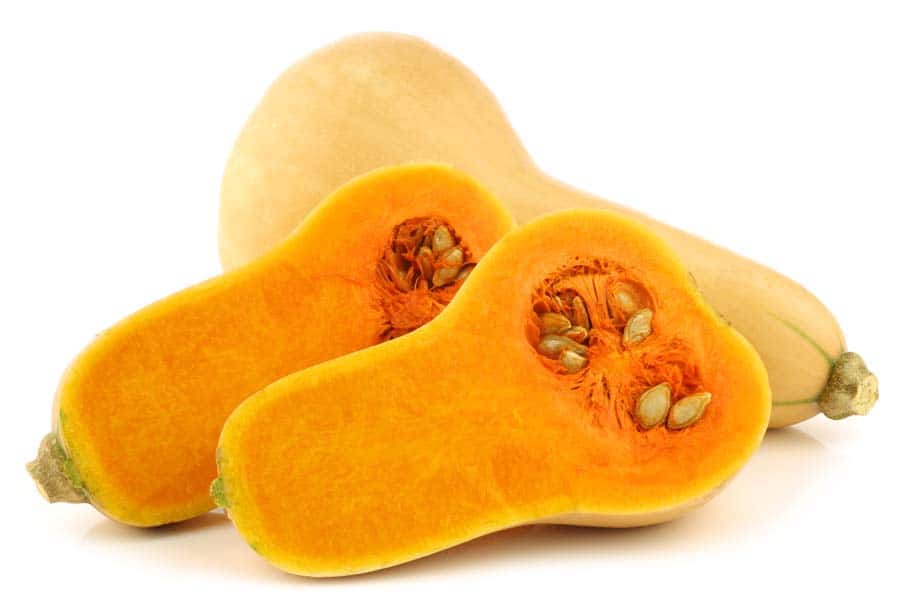
Butternut Squash
Butternut squash is an orange-fleshed winter squash that tastes sweet and nutty. It can be eaten raw but is commonly roasted or baked. Squash is an excellent source of beta-carotene, potassium, vitamin A, vitamin C, and fiber.
Buying
Butternut squash should be firm and heavy for its size and have an even creamy color. Avoid butternut squash with soft spots or dull and wrinkled skin.
Storing
Store whole butternut squash in a cool dry place and use it within two weeks of purchase. Cut squash should be refrigerated and used within four days.
Cooked squash can be refrigerated for up to four days or frozen for up to 12 months.
Preparing
To make cutting butternut squash easier, pierce the skin in a few spots and microwave on high for 2 minutes. Cut the squash in half lengthwise and remove the fibers and seeds. Peel if desired.
Recipes
- Butternut Squash and Cranberry Quinoa Salad - Little Broken
- Saucy Portobello and Butternut Squash Tacos - Minimalist Baker
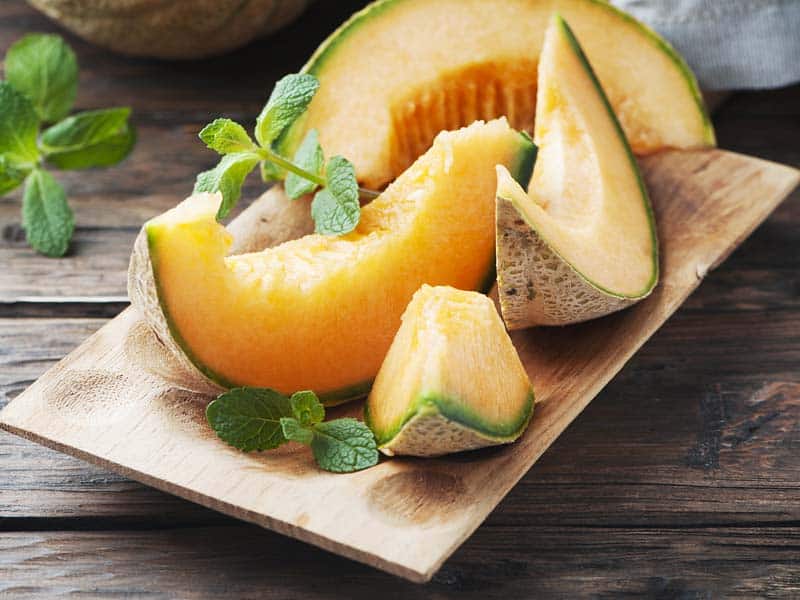
Cantaloupe
Cantaloupes are sweet and juicy and are high in vitamin A and vitamin C. Their high water content also helps to ward off dehydration.
Buying
Cantaloupe should have a sweet smell, yellow-tinged skin, a thick texture rind, and no stem. Avoid cantaloupe that has an overly sweet smell and soft spots.
Storing
Whole cantaloupes can be stored on the counter for up to four days. Cut cantaloupe should be refrigerated and can be stored for up to two days.
Preparing
The surface of a cantaloupe can contain Salmonella. Before consumption, you should wash and scrub the cantaloupe thoroughly.
Cut off the stem end about ¾ inch from the end. Place the melon cut end down on a cutting surface. Cut the melon in half and gently scrape out the seeds with a spoon. Cut as desired.
Recipes
- Cantaloupe Prosciutto Caprese Skewers with Lemon Mint Pesto - How Sweet Eats
- Sweet Cantaloupe Carrot Gazpacho Shooters - Eatwell 101
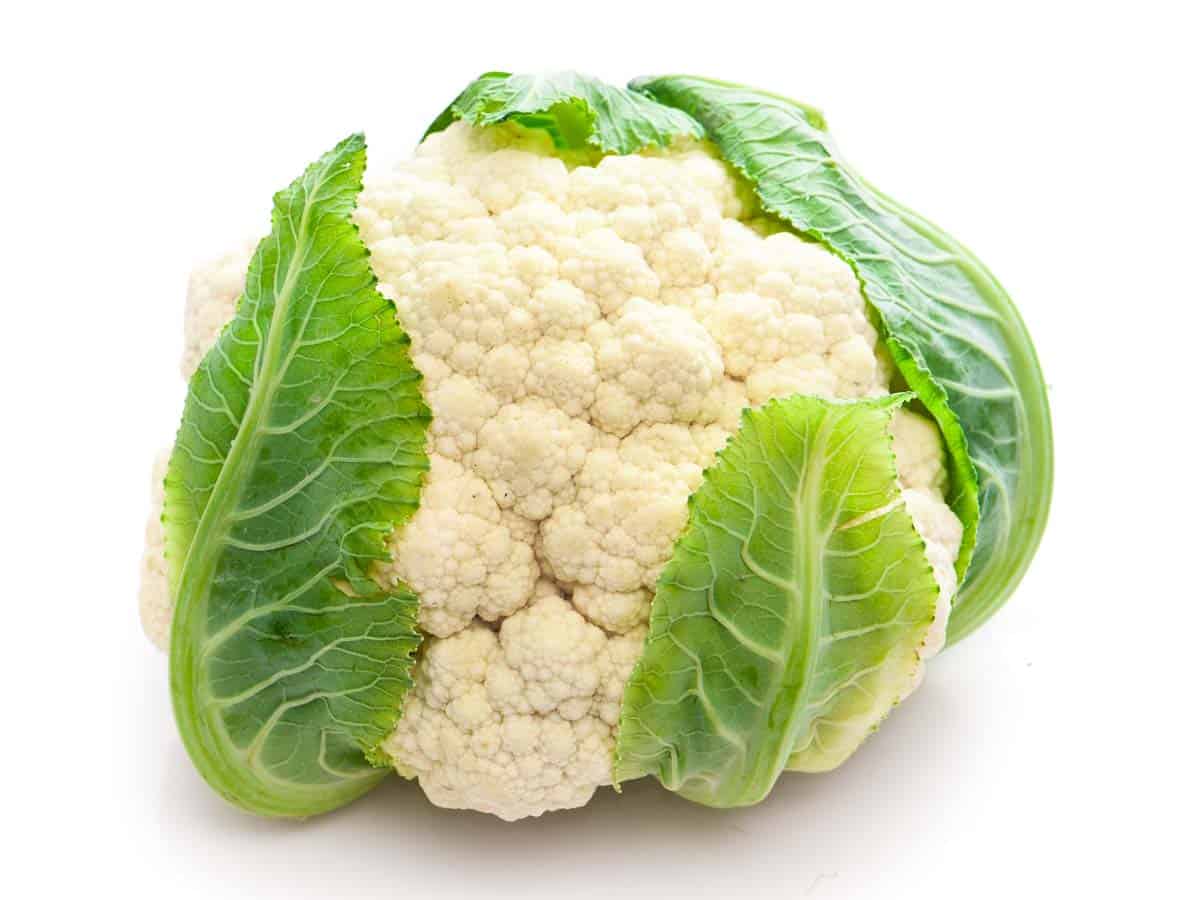
Cauliflower
Cauliflower is super popular right now. Masquerading as a pizza crust, mashed potatoes, and rice.
Cauliflower comes in several varieties including white, orange, green, and purple. Cauliflower can be roasted, grilled, boiled, fried, steamed, pickled, or eaten raw. It is high in vitamin C and vitamin K.
Buying
Look for cauliflower that is compact with firmly attached bright green leaves. Avoid cauliflower with brown spots or spread-out sections.
Storing
Cauliflower can be refrigerated for up to five days.
Preparing
Wash cauliflower just before use. Remove the outer leaves, stem, and core. Then break or cut it into smaller pieces.
Recipes
- Roasted Cauliflower Soup
- Cauliflower Puree with Thyme - Once Upon a Chef
- Cashew-Crusted Cauliflower "Steak" - Minimalist Baker
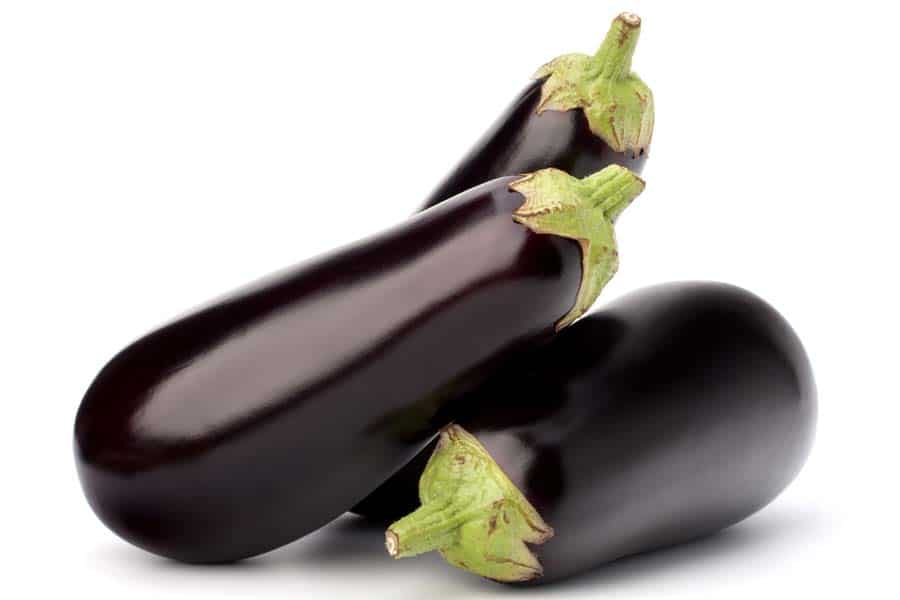
Eggplant
Eggplants are spongy and absorbent.
There are many varieties of eggplants that range in size and color. Eggplants with deep purple skin are most common, but they can also be red, green, or even black.
Eggplant is a great source of dietary fiber, Vitamin B1, copper, manganese, Vitamin B6, niacin, potassium, folate, and Vitamin K.
Buying
Eggplant should have smooth, shiny skin that is uniform in color and heavy for its size.
To test for ripeness, lightly press a finger against the skin. If it leaves an imprint, the eggplant is ripe. Choose smaller eggplants as they tend to be sweeter, less bitter, have thinner skin, and have fewer seeds.
Avoid eggplants that are wrinkled or have blemishes, bruises, or tan patches.
Storing
Eggplant can be refrigerated for up to four days. Eggplants bruise easily, so handle them with care. Cooked eggplant can be refrigerated for up to three days
Preparing
To reduce bitterness, sprinkle cut eggplant liberally with salt and let it sit for an hour. Drain and prep as desired. Skin is edible but may be removed.
Recipes
- Easy Grilled Eggplant - Spend with Pennies
- Eggplant Parm Grilled Cheese - How Sweet Eats
- Homemade Veggie Loaded Spaghetti Sauce - Raspberries and Kohlrabi
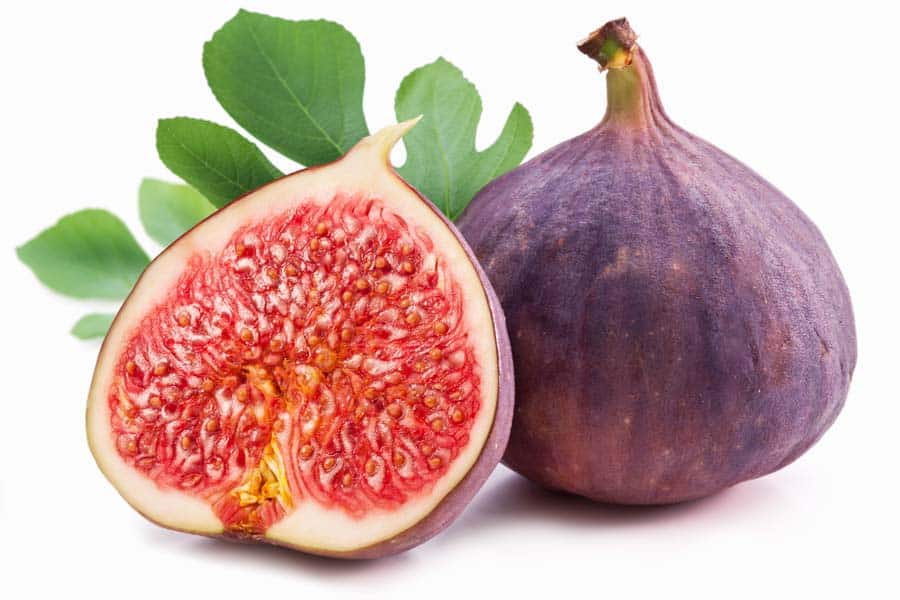
Figs
Figs have a unique, sweet taste, soft and chewy texture flesh with slightly crunchy, edible seeds. Their growing season is very short and the delicate fruit is difficult to transport. Figs are high in fiber.
Buying
Figs should be clean and dry, with smooth and unbroken skin. They should be soft and yielding to the touch, but not mushy. If a fig is firm, it is not ripe.
Storing
Store fresh figs in a plastic bag in the coldest part of the refrigerator and use them within two days.
Preparing
Fig should be rinsed, dried, and have their stems removed before eating.
Recipes
- Honey-Lemon Ricotta Breakfast Toast with Figs and Pistachios - Ambitious Kitchen
- Fall Figs Salad with Apples, Grapes and Mustard Vinaigrette - Eatwell 101
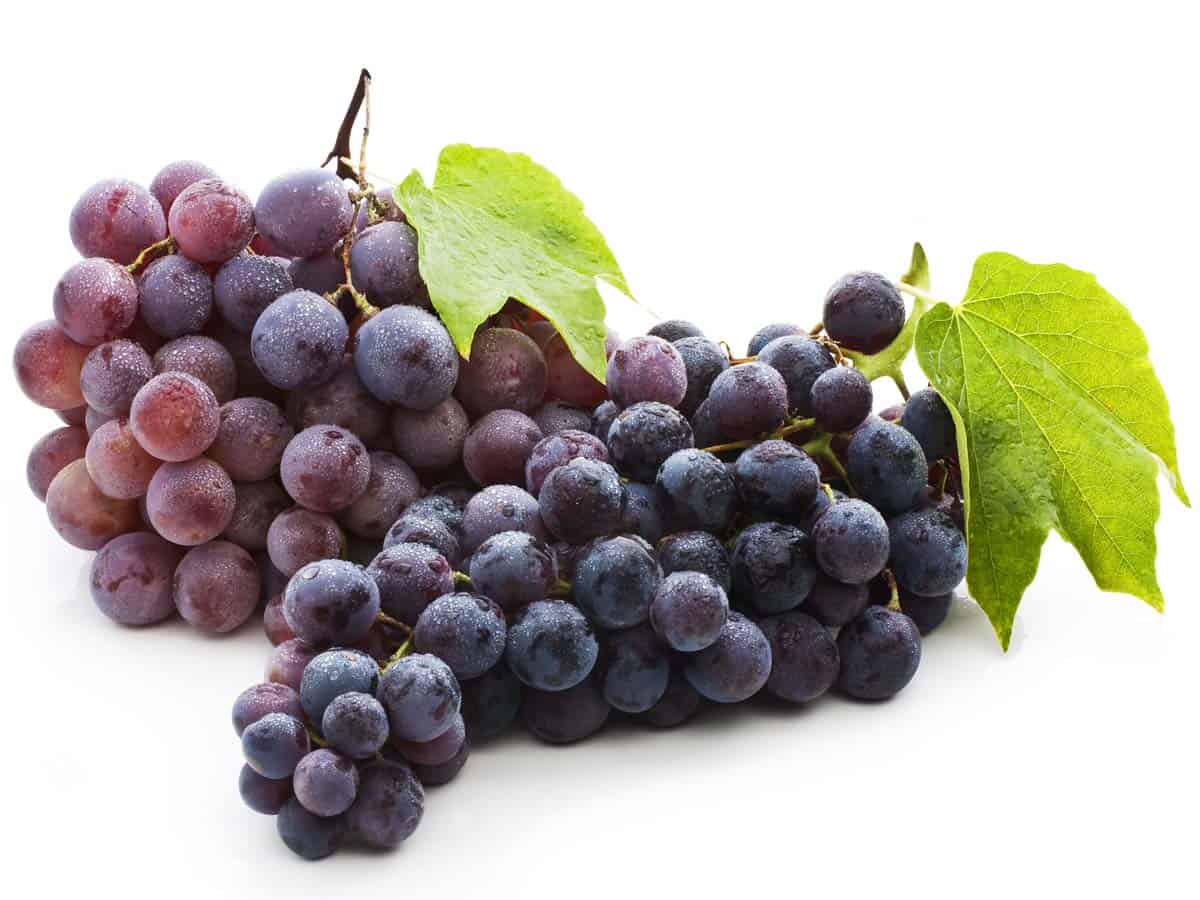
Grapes
There are over 8,000 varieties of grapes. Grapes can be red, black, dark blue, yellow, green, orange, and pink.
Red grapes are high in the antioxidant resveratrol which is believed to fight cancer and heart disease. Green grapes are an excellent source of vitamin C and vitamin K.
One of my favorite ways to enjoy grapes is to freeze them on a sheet tray and enjoy them on hot days.
Buying
Grapes should be firm, plump and securely attached to the stems. A slight pale-yellow hue is desirable for green grapes; red grapes should be deeply colored with no sign of green.
Storing
Grapes can be refrigerated for up to one week.
Preparing
Wash grapes thoroughly before eating.
Recipes
- Poppy Seed Chicken and Grape Pasta Salad - Cooking Classy
- Broccoli Grape and Cucumber Salad - Natasha's Kitchen

Green Beans
There are more than 130 varieties of green beans that differ in taste, color, and size. Green beans are high in vitamins A, C, and K, folic acid, and fiber.
Buying
Green beans should be brightly colored and snap easily when bent. Select beans of similar size and shape for a more uniform cooking time.
Storing
Green beans can be refrigerated for up to one week.
Preparing
Wash green beans in cold water before cutting and cooking. To retain sweetness and crispness, trim both ends but keep beans whole. Older, stringy beans should be cut lengthwise.
Recipes
- Garlic Herb Roasted Potatoes and Green Beans - The Gracious Wife
- Chicken and Green Beans - Dinner at the Zoo
- Braised Winter Pork Stew
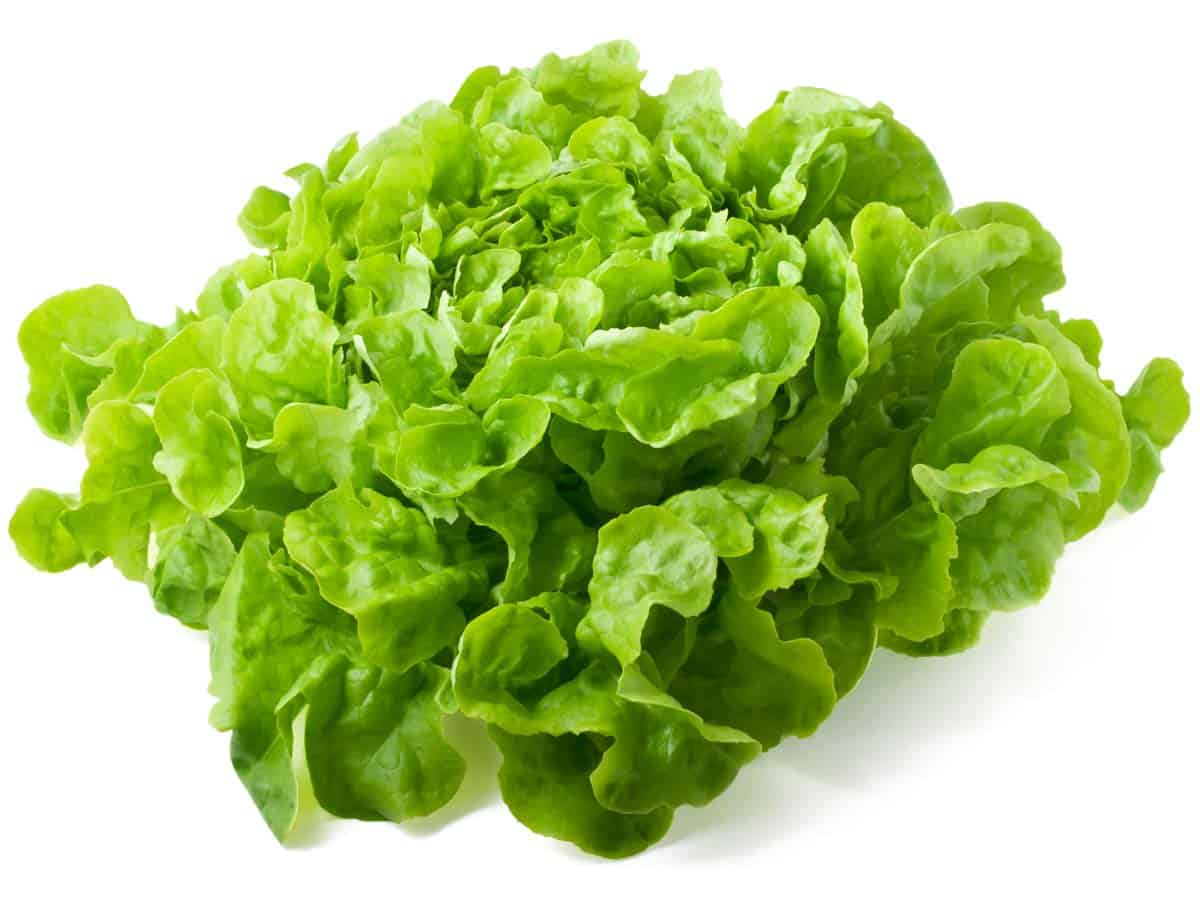
Lettuce
Lettuce is most often used raw in salads and sandwiches but it can also be grilled. Lettuce is an excellent source of vitamin K, vitamin A, folate, and iron.
It has a high water content making it a great choice as temperatures continue to rise.
Buying
Look for fresh crisp leaves that are tightly bunched. Avoid lettuce with wilted or brown leaves.
Storing
Lettuce should be loosely covered and can be refrigerated for up to one week.
Preparing
Rinse lettuce under cold water. Use a salad spinner or pat the leaves dry to remove excess moisture. Slice, chop or tear as needed.
Recipes
- Thai Chicken Lettuce Wraps with Paleo ‘Peanut’ Sauce - Lexi's Clean Kitchen
- Roasted Beets and Sweet Potato Salad - Jar of Lemons
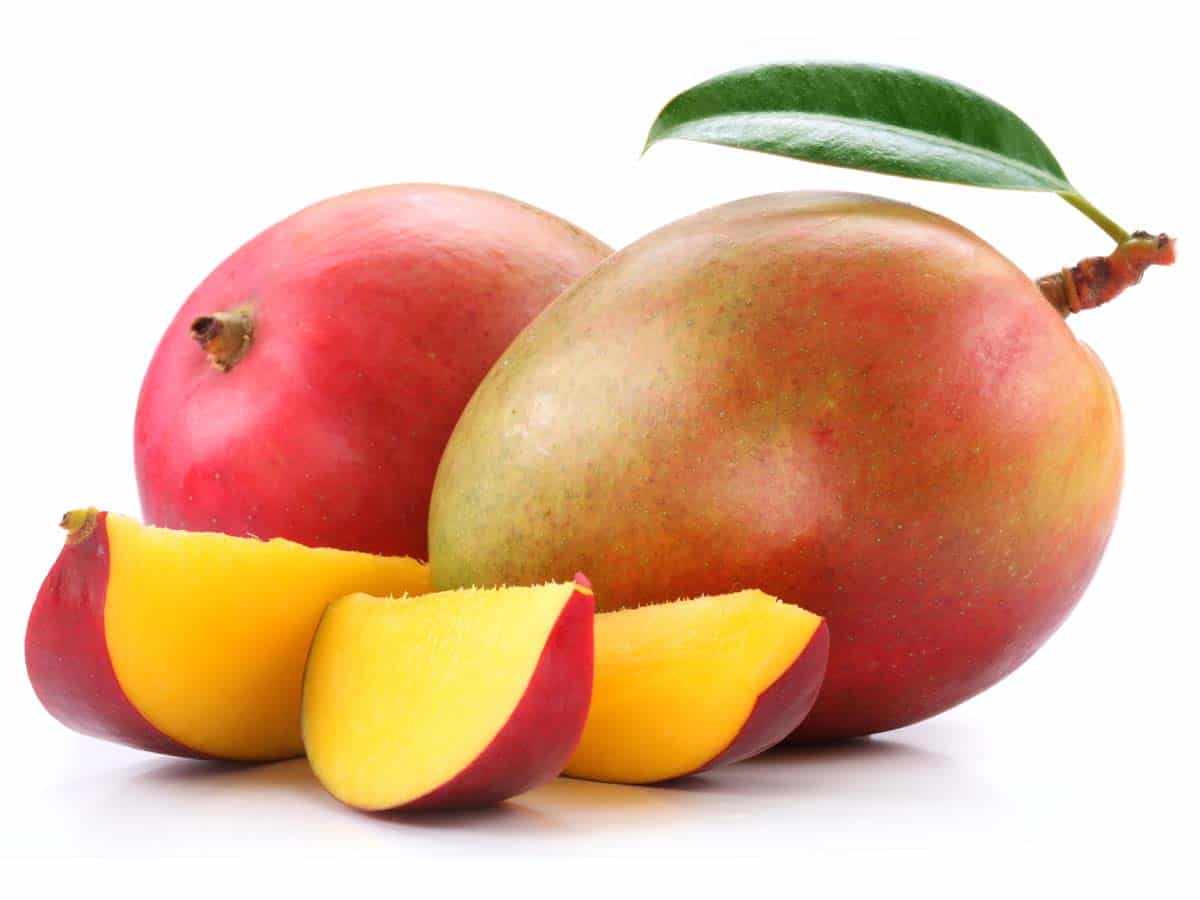
Mangoes
Mangoes are sweet, juicy, and are an excellent source of vitamin A, vitamins C, and beta-carotene. They are also one of the most commonly eaten fruits in the world, with a majority of them coming from India.
Mangos are stone fruits, meaning they have one hard seed surrounded by fruit.
Buying
Mangos should yield to gentle pressure and be without blemishes or dark spots. They should also have a sweet fragrant aroma.
Color has little to do with ripeness and can vary depending on the type of mango.
Storing
Mangoes can be refrigerated for up to 3 days. Place mangos in a paper bag to speed ripening.
Freeze chopped and peeled fruit in a plastic bag with the air squeezed out for up to 3 months.
Preparing
Mangos contain a large, flat pit. To cut a mango, insert the knife into the mango's flesh until you reach the pit. Slice horizontally against the pit, then continue along the other three sides.
To remove the flesh from the skin, score the flesh by cutting just until you reach the skin. Turn the skin inside out and use a paring knife to remove the flesh from the skin.
Recipes
- Mango Blueberry Muffins
- Mango Pancakes
- Mango Creme Brulee
- Mango Chicken - Dinner at the Zoo
- Spring Rolls with Mango Ginger Sauce - Lexi's Clean Kitchen

Mushrooms
Mushrooms are an excellent source of B vitamins, selenium, and copper.
Buying
Mushrooms should look fresh and smell good. Avoid mushrooms that smell of mildew or mold. Also avoid mushrooms that look shriveled, desiccated, darkened, wet, or moldy.
Storing
Mushrooms should be stored in a paper bag in the refrigerator or wrapped in paper towels and then loosely wrapped with plastic. Enclosing mushrooms in a plastic bag will cause them to sweat and spoil more quickly. Wild mushrooms will last for a few days stored this way; cultivated mushrooms will last up to a week or two.
Preparing
Mushrooms are like sponges and will soak up any liquid they get near. Relatively clean mushrooms can be brushed clean with a pastry brush or dry paper towel. For more cleaning power, use a damp paper towel.
Recipes
- Vegan Loaded Mashed Potato Bowls - Jar of Lemons
- Creamed Mushrooms on Chive Butter Toast
- Chunky Garden Vegetable Pasta Sauce
- Dutch Oven Beef Stew
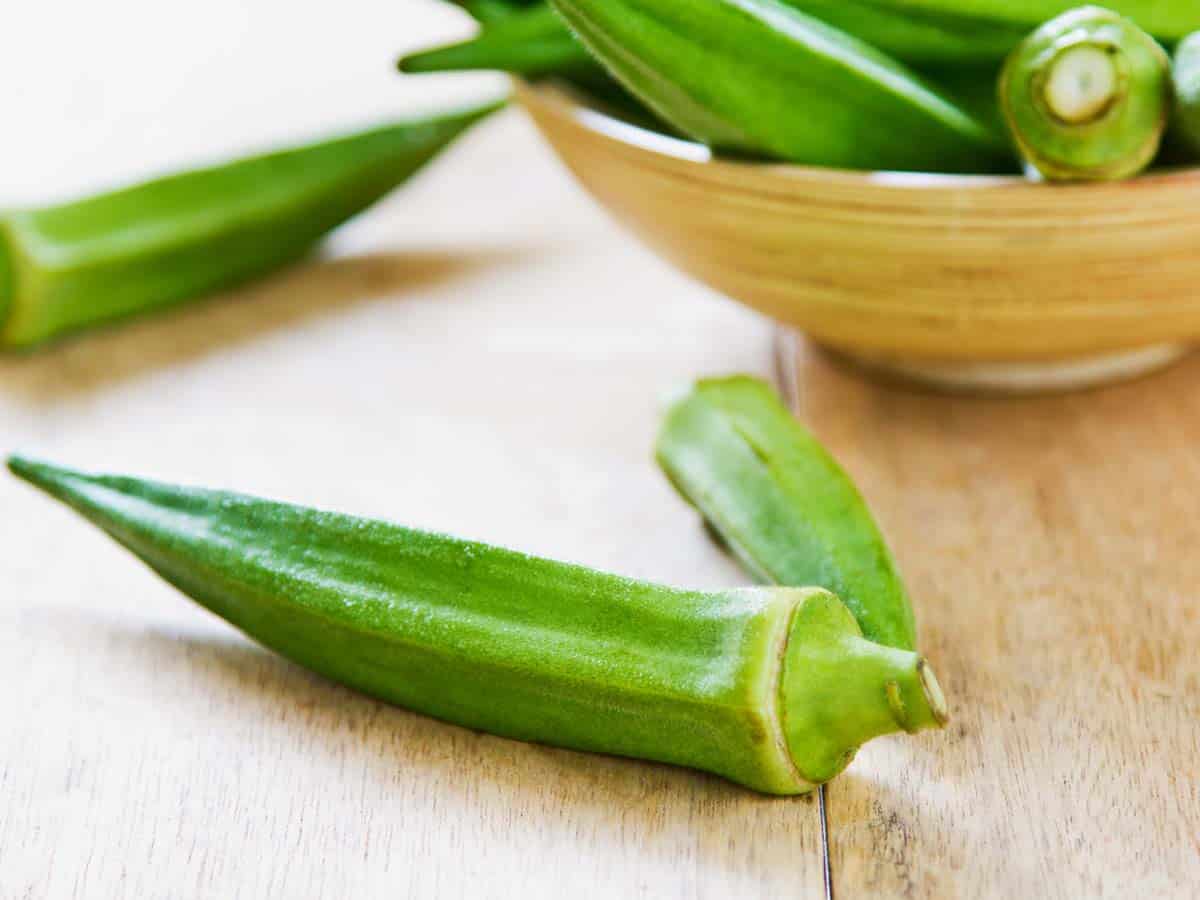
Okra
Okra is a green, finger-shaped vegetable that is very popular in southern cooking. Okra can be grilled, sauteed, fried, pickled, or stewed. It is a great source of fiber, vitamin C, and vitamin K.
Buying
Okra should be dry, firm, and without blemishes. Okra should also be fuzzy like a peach. Avoid okra that is soft, wet, or moldy.
Storing
Okra pods can be refrigerated for up to 3 days.
Preparing
Wash and remove the stem. Slice as desired. Cook okra with vinegar or an acidic food to prevent it from becoming slimy.
Recipes
- Okra and Green Tomato Fritters - Southern Bite
- Grilled Pork Tenderloin Tacos with Corn-Okra Relish - Climbing Grier Mountain
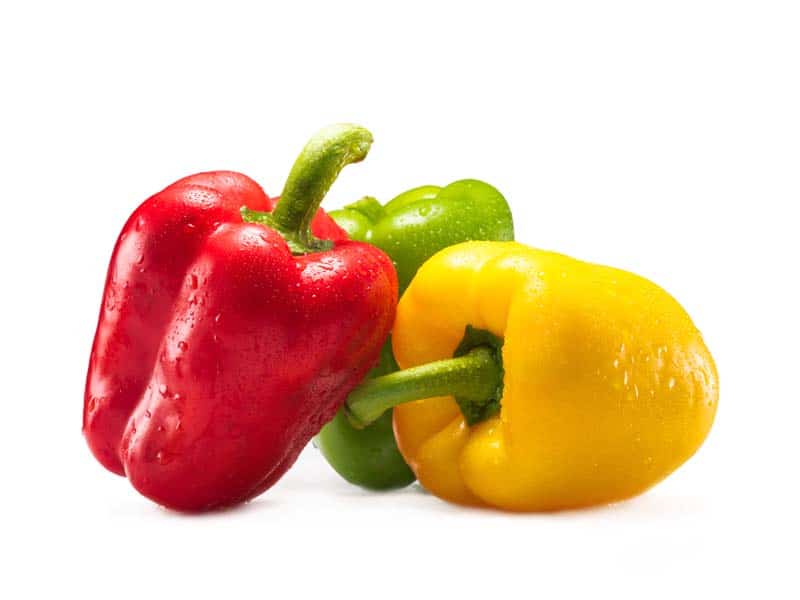
Peppers
Peppers come in many different colors including green, yellow, orange, red, brown, white, light purple, and dark purple.
The bell pepper is the only member of the genus Capsicum that does not produce capsaicin, a chemical that can cause a strong burning sensation when it comes in contact with mucous membranes. They are also an excellent source of vitamin C.
Buying
Bell peppers should be firm with glossy skin. Avoid peppers that are shriveled or have soft spots.
Storing
Bell peppers can be refrigerated for up to five days.
Preparing
Wash peppers and remove the stem and seeds. It is easier to cut peppers if you keep the interior of the pepper facing up and the more slippery skin side down on the cutting board.
Recipes
- Summer Veggie Pasta Salad
- Crab Rangoon Flatbread Pizza
- Homemade Chili
- Roasted Red Pepper Oven Grilled Cheese - Dizzy Busy & Hungry
- Spaghetti Stuffed Bell Peppers - It's a Veg World After All
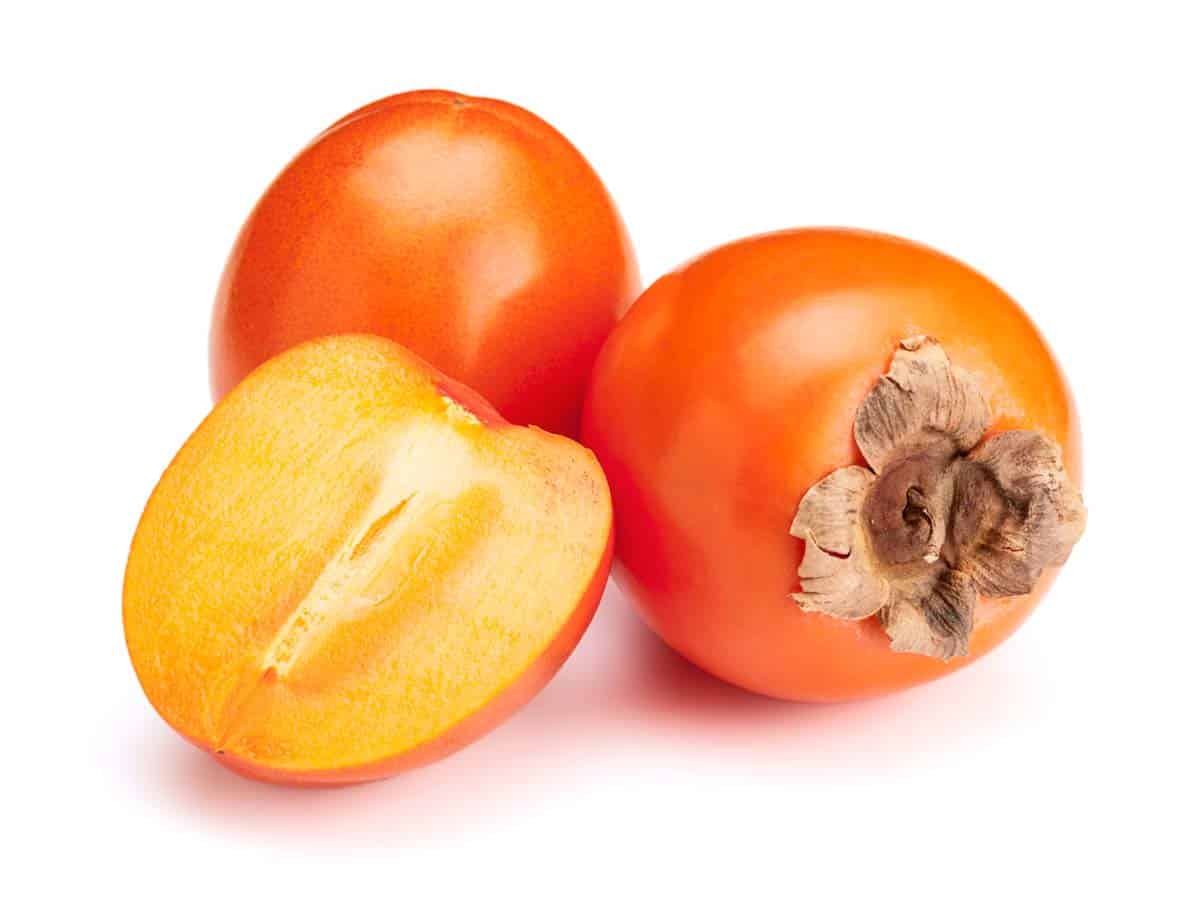
Persimmons
Persimmon is a berry that comes from fruit trees in the genus, Diospyros.
Persimmons are great for making jams, pies, steamed puddings, bread and muffins, stuffing, curry, and cookies. They are also delicious when sliced and served fresh in salads.
Persimmons have a flavor similar to apricots and are a great source of fiber, manganese, and vitamin C.
Buying
Persimmons should be smooth, brightly colored, plump, well-rounded, and still, have a leaf attached. Avoid persimmons with bruises or yellow patches.
Storing
Store persimmons at room temperature until soft and ripe. Refrigerate ripe persimmons for up to three days.
Preparing
Persimmons can be eaten fresh, dried, or cooked. To eat fresh persimmons, cut or peel the skin and cut into quarters or eat whole like an apple. Consume overly ripe persimmons by removing the top leaf with a paring knife and scooping out the flesh with a spoon.
Recipes
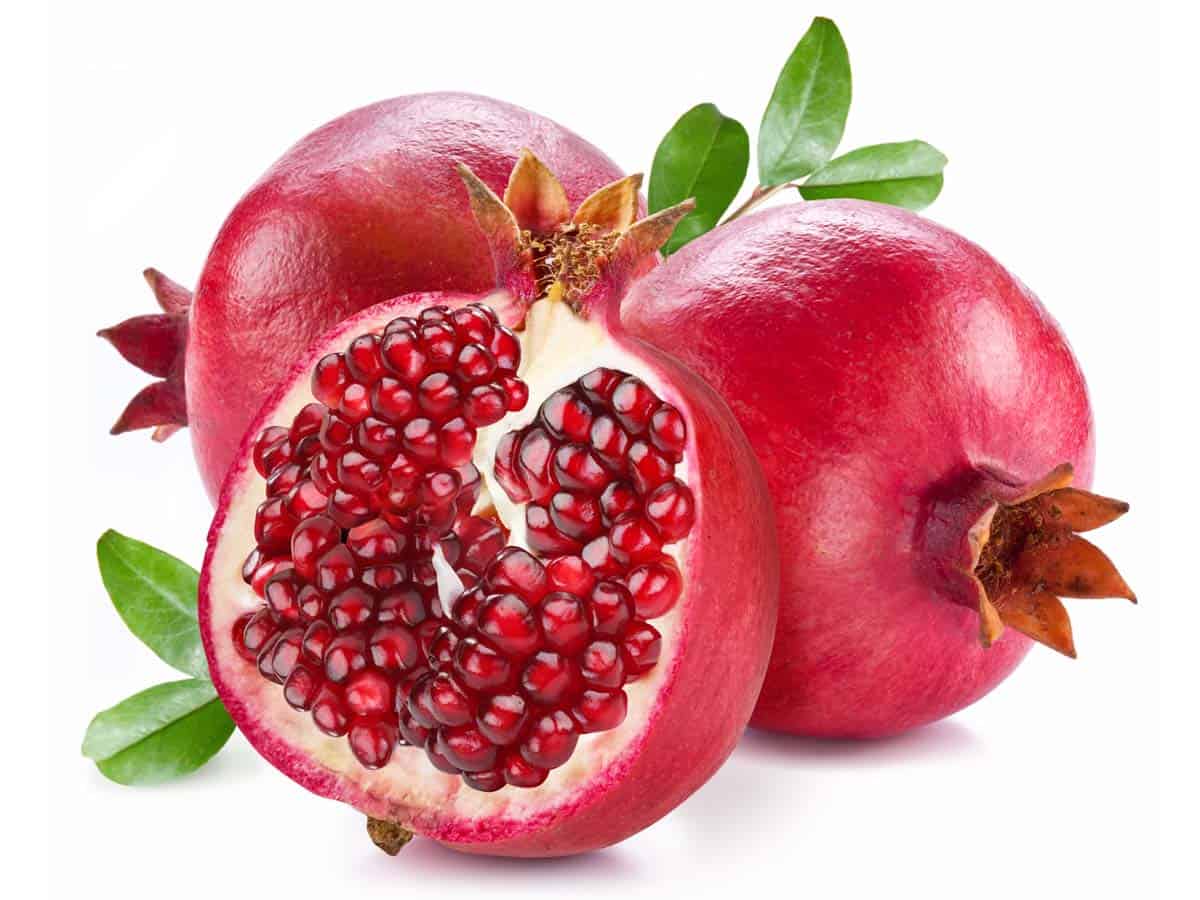
Pomegranates
The number of arils (seeds) in a pomegranate can vary from 200 to 1,400. Pomegranates are a good source of fiber, vitamin C, vitamin K, and folate.
Buying
Pomegranates should be round, plump, and heavy for their size. Avoid pomegranates with cuts or bruises.
Storing
Store pomegranates for up to a month in a cool, dry place, or refrigerate them for up to two months. Refrigerate seeds in an airtight container for up to 5 days.
Preparing
Fair warning, pomegranates can be messy. The bright red juice can stain fingers, clothes, counters, and cutting boards.
First, fill a large bowl with water. Slice off the top then cut a slit through the skin of the pomegranate. Tear the fruit open with the slit facing away from you. Rip the fruit into chunks under water and remove the arils (seeds). The seeds will sink, and the white will membrane float.
Recipes
- Cauliflower-Feta Fritters with Pomegranate - Smitten Kitchen
- Sweet Endive Salad with Apples and Pomegranate - The Thirsty Feast
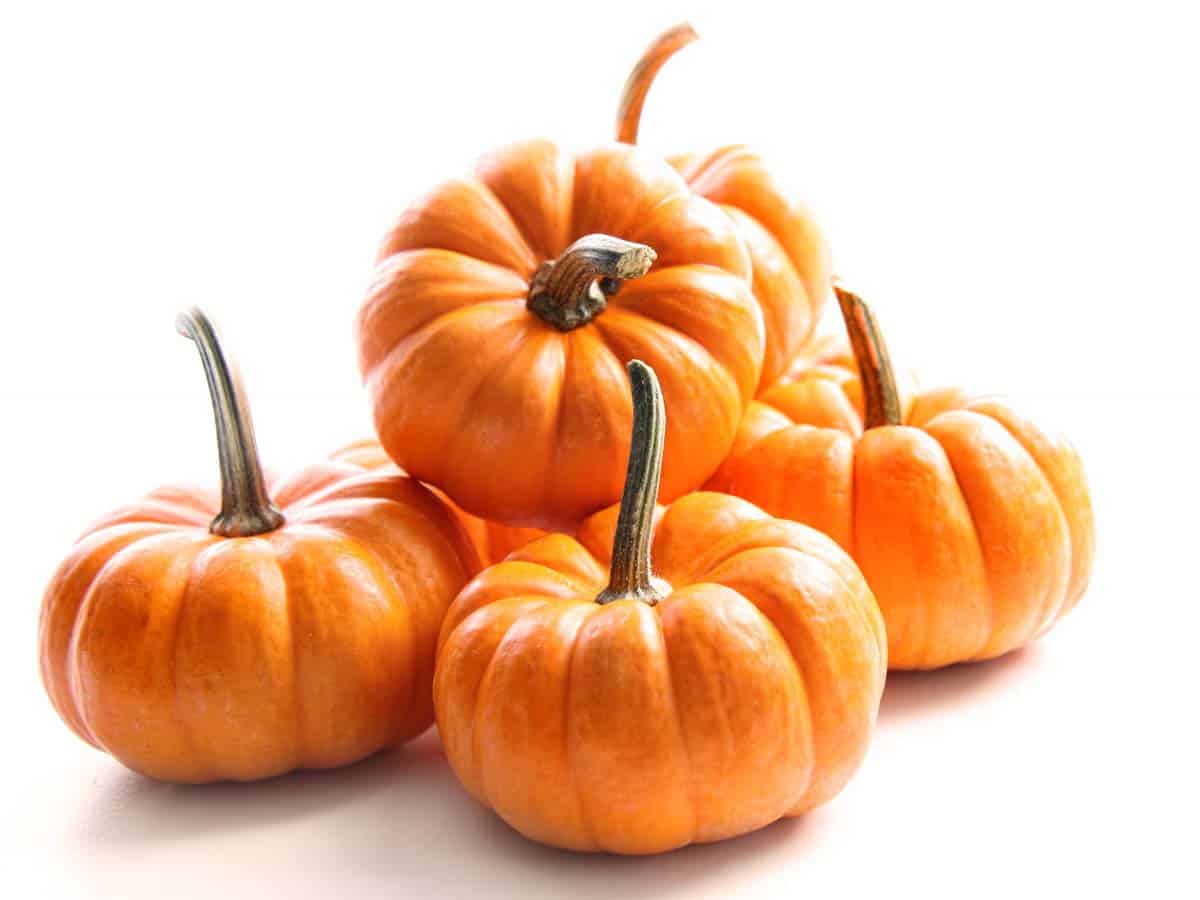
Pumpkins
Sugar pumpkins or pie pumpkins are smaller and sweeter. Most parts of the pumpkin are edible, including the shell, seeds, leaves, and flowers. Pumpkin is a great source of vitamin A and vitamin C.
Buying
Look for pumpkins that are small but heavy for their size and have their stems intact. Avoid pumpkins with soft spots.
Storing
Store pumpkins at room temperature for up to a month or refrigerate for up to three months. Wrap cut pumpkins in plastic and refrigerate for up to five days.
Preparing
Wash pumpkins, and then cut them lengthwise. Remove the seeds and excess fiber. Trim skin with a paring knife or peeler if desired. Cook as desired.
Recipes
- Bacon and Pumpkin Pasta - Dizzy Busy & Hungry
- Cajun Style Pumpkin Soup - My Turn for Us
- Pumpkin Spice Pancakes
- Pumpkin Chocolate Chip Cheesecake
- Pork Black Bean and Pumpkin Stew
- Pumpkin Cobbler
- Sourdough Pumpkin Bread
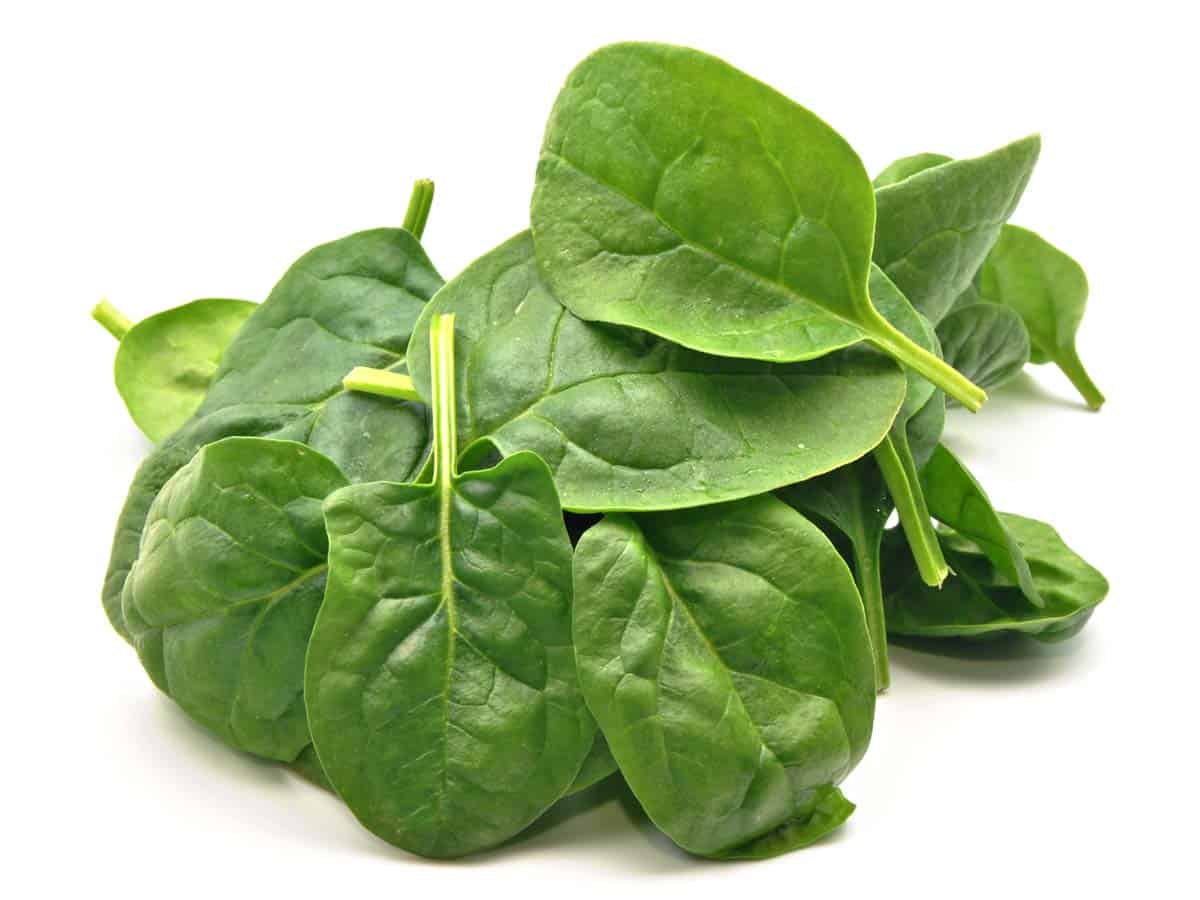
Spinach
Spinach is a great source of vitamin A, vitamin C, vitamin K, folic acid, iron, and calcium. Popeye was credited with increasing the consumption of spinach in the 1930s by 33 percent.
Buying
Spinach should be crisp and green, Avoid spinach that looks wilted or slimy.
Storing
Loosely wrap spinach in a damp paper towel and refrigerate in a plastic bag for up to five days.
Preparing
Rinse spinach under cold water in a colander. Use a salad spinner or pat the leaves dry to remove excess moisture. Spinach can be eaten raw or cooked.
Recipes
- Spinach Stuffed Chicken Parmesan - Kleinworth & Co.
- Spinach Ricotta Pasta Bake - Recipetin Eats
- Spinach Pesto Pasta with Shrimp
- Spinach Chicken Artichoke Flatbread Pizza
- Spinach Pesto
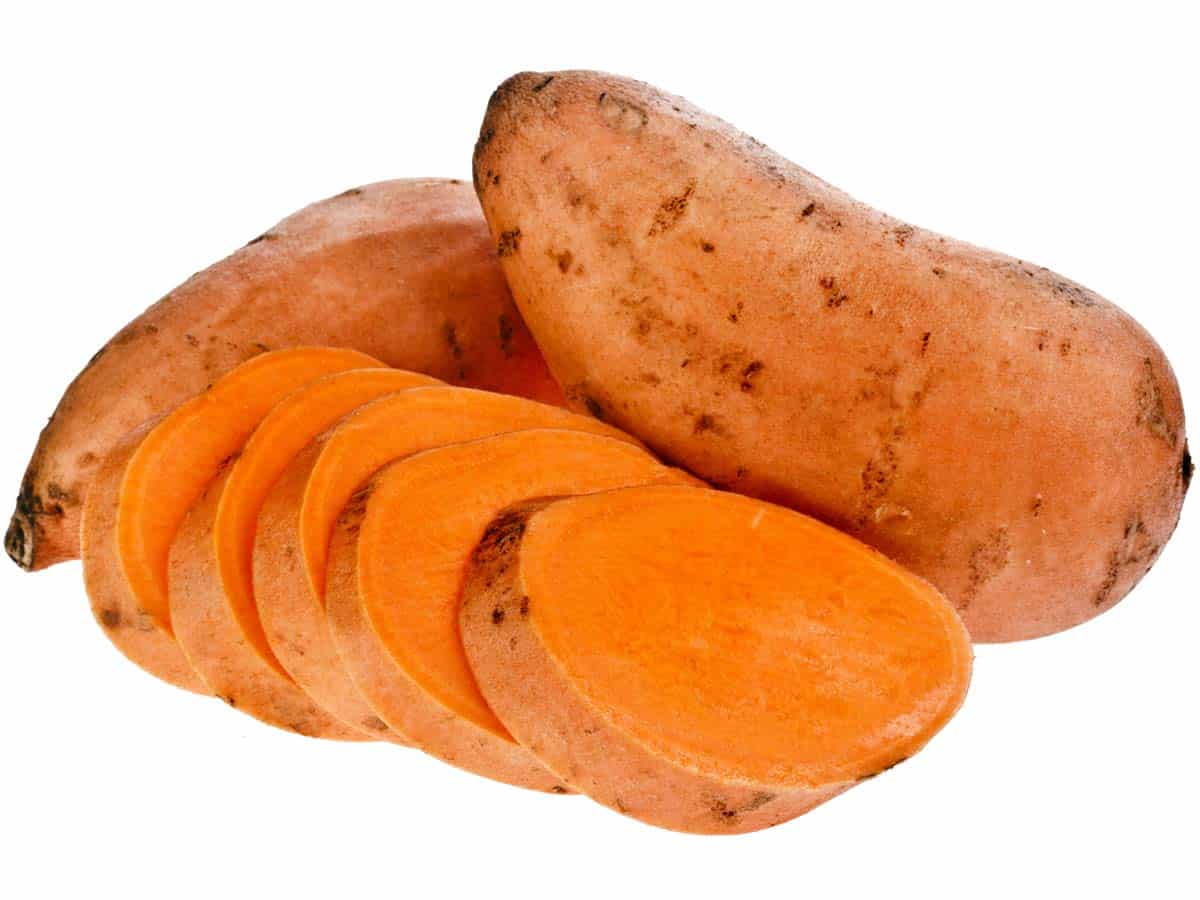
Sweet Potatoes
Sweet potatoes are high in vitamin C and fiber.
Buying
Sweet potatoes should have smooth skin. Avoid sweet potatoes with soft spots, cuts, or blemishes.
Storing
Sweet potatoes should be stored in a cool, dark, and well-ventilated place. They will keep for up to one month.
Preparing
Scrub sweet potatoes and peel them if desired. Sweet potato skin is edible.
Recipes
- One-Pan Paleo Chicken Apple Sausage and Sweet Potato Skillet - Mom Endeavors
- Vegan Sweet Potato Curry - Salt and Lavender
- Winter Pork Stew with Sweet Potatoes

Swiss Chard
Swiss chard is less bitter when it is raw rather than when it is cooked. Swiss chard is a great source of vitamin A, vitamin K, and vitamin C.
Buying
Swiss Chard should have dark green leaves and brightly colored stems, Avoid swiss chard that is dried out and brown.
Storing
Swiss chard can be kept in the refrigerato9r for up to five days.
Preparing
Swiss chard can be eaten raw or cooked. Before using chard, cut the leaves away from the stems and wash the leaves in cold water.
Rinse stems and trim off any blemishes. Swiss chard stems are tougher than the leaves and require a longer cooking time of an additional five minutes.
Recipes
- One Pan Garlic Butter Salmon and Swiss Chard - Bowl of Delicious
- Sauteed Swiss Chard and Summer Squash - Two Lucky Spoons
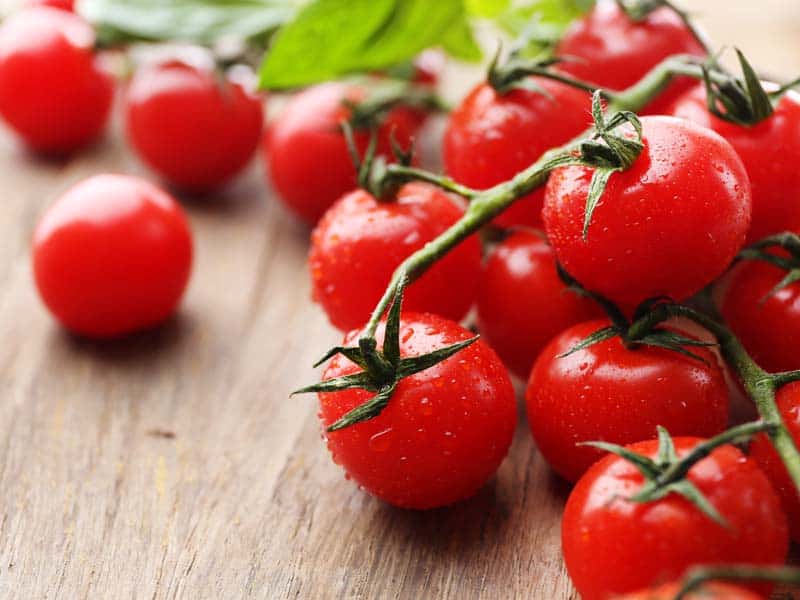
Tomatoes
Nothing beats the flavor of fresh tomatoes. I spend all winter avoiding tomatoes at the grocery store waiting for them to be in season and available at the farmers market.
There are approximately 7,500 tomato varieties. Yellow and orange tomatoes are usually less acidic than red tomatoes. Tomatoes are a great source of lycopene, vitamin C potassium, folate, and vitamin K.
Buying
Tomatoes should be bright in color with smooth skin. Avoid tomatoes that are too soft or bruised.
Storing
Tomatoes should not be refrigerated. They should be stored at room temperature and consumed within a few days.
Unripe tomatoes will continue to ripen at room temperature.
Preparing
Remove the core of a tomato by cutting around the stem end with a small serrated knife.
Remove the skin by scoring the bottom of each tomato with an X, place the tomato in boiling water for 10-30 seconds, then dip it quickly in cold water. The skins will peel right off.
Recipes
- Baked Tomatoes Parmesan with Basil Zucchini Pasta - Food Folks and Fun
- Grilled Indian Chicken with Tomato Chutney - Foodie and the Fix
- Lemon Chicken, Zucchini, and Tomato Sheet Pan Meal
- Summer Vegetable Pasta Salad
- Roasted Tomato Soup
- Easy Homemade Pasta Sauce
- Shrimp Pesto Flatbread Pizza
What is your favorite September fruit or vegetable?
Thanks for Reading!
If you try this recipe, let me know! Leave a comment and rate it below! You can also snap a picture and post it on Facebook or Instagram be sure to tag me @RaspberriesandKohlrabi.
Subscribe to get more recipes and tips by email.
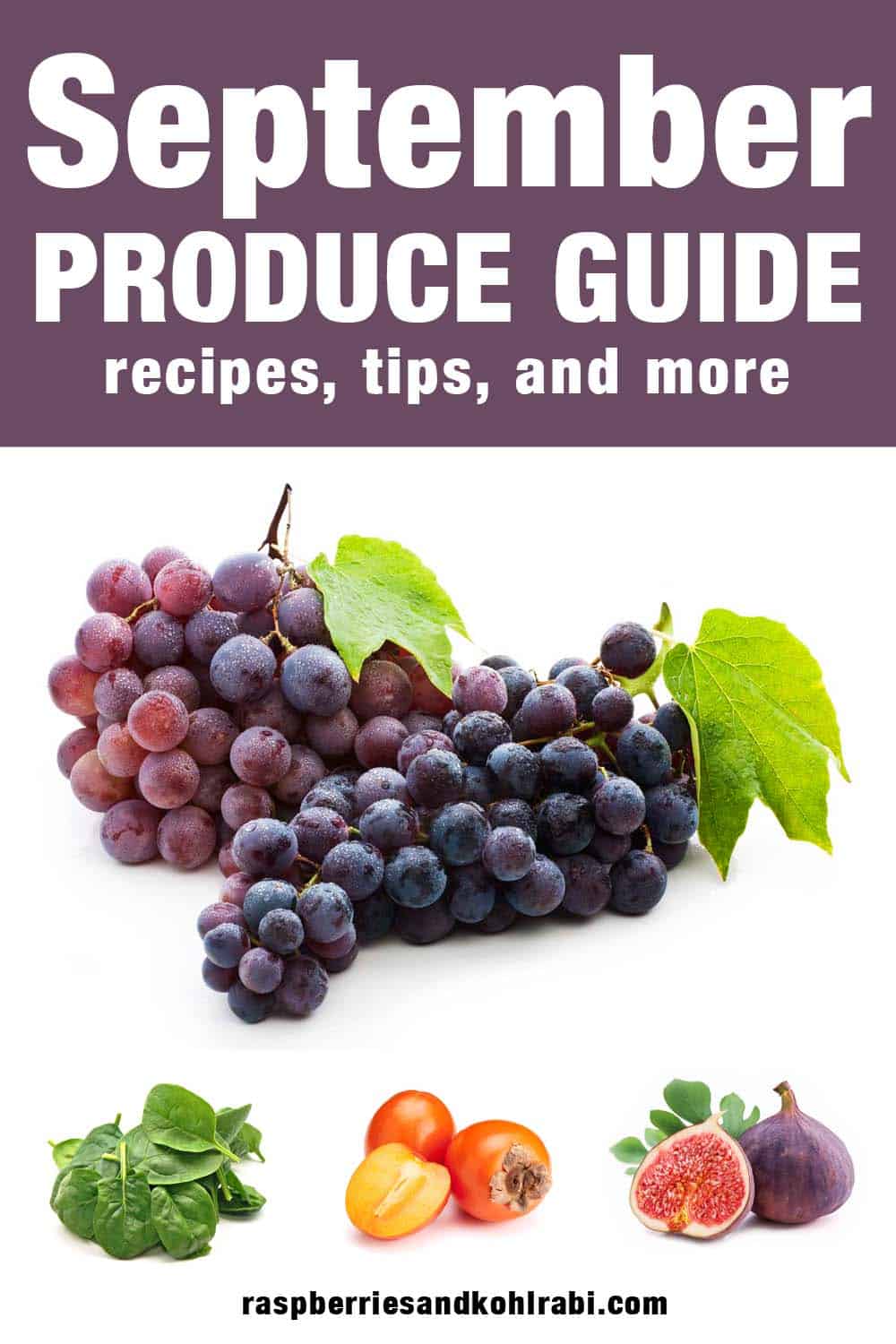


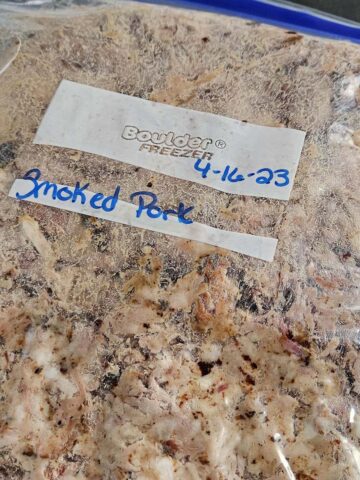
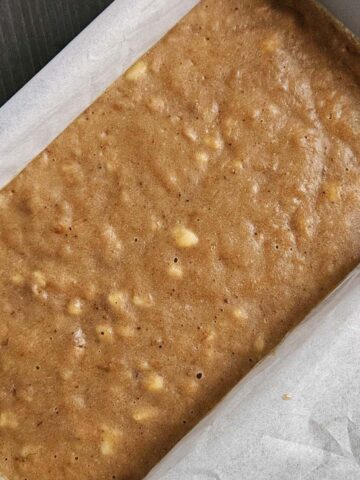
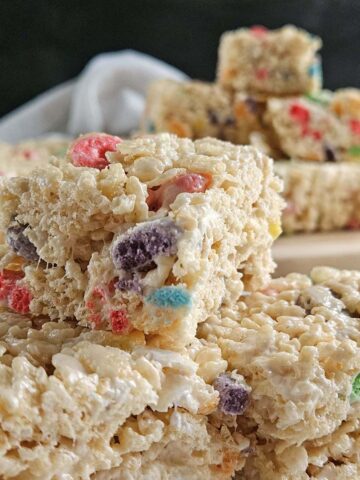
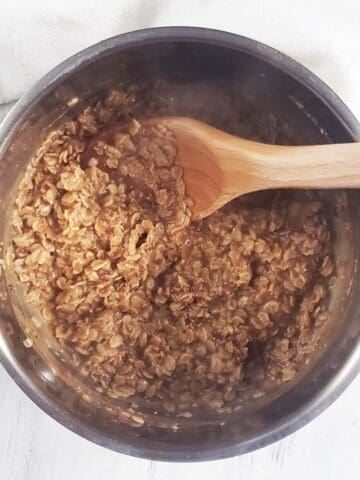
Comments
No Comments